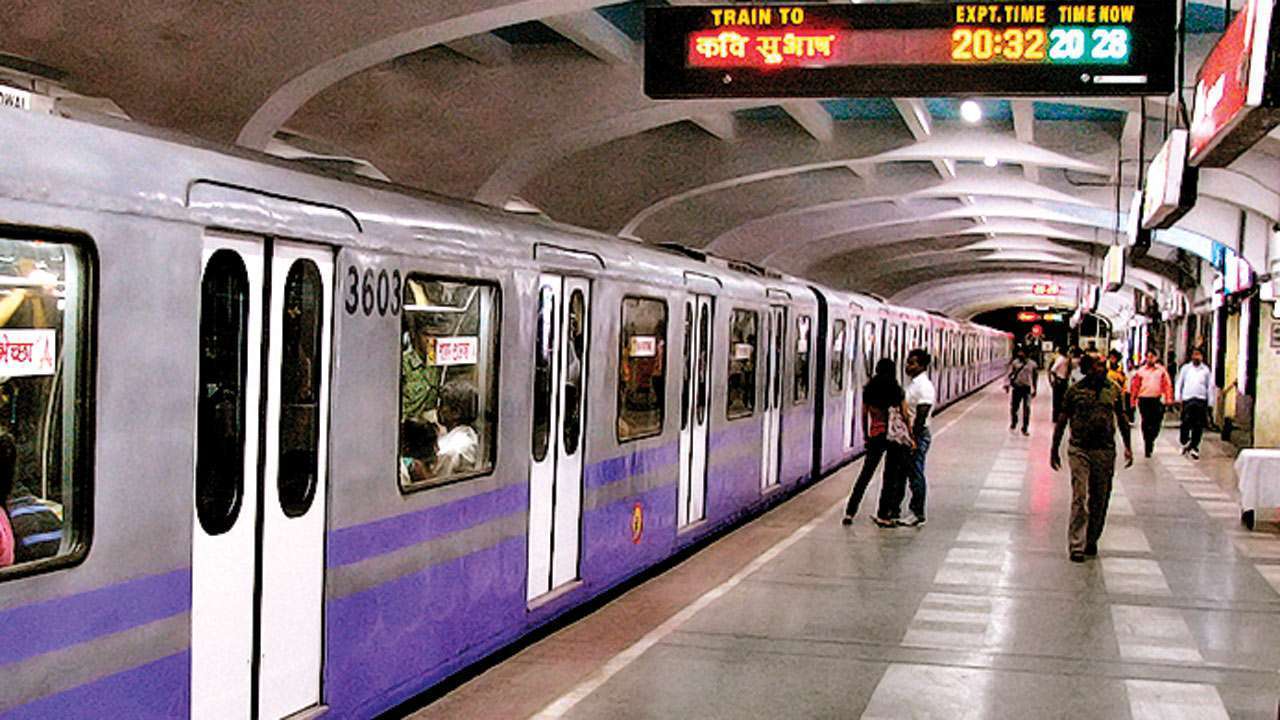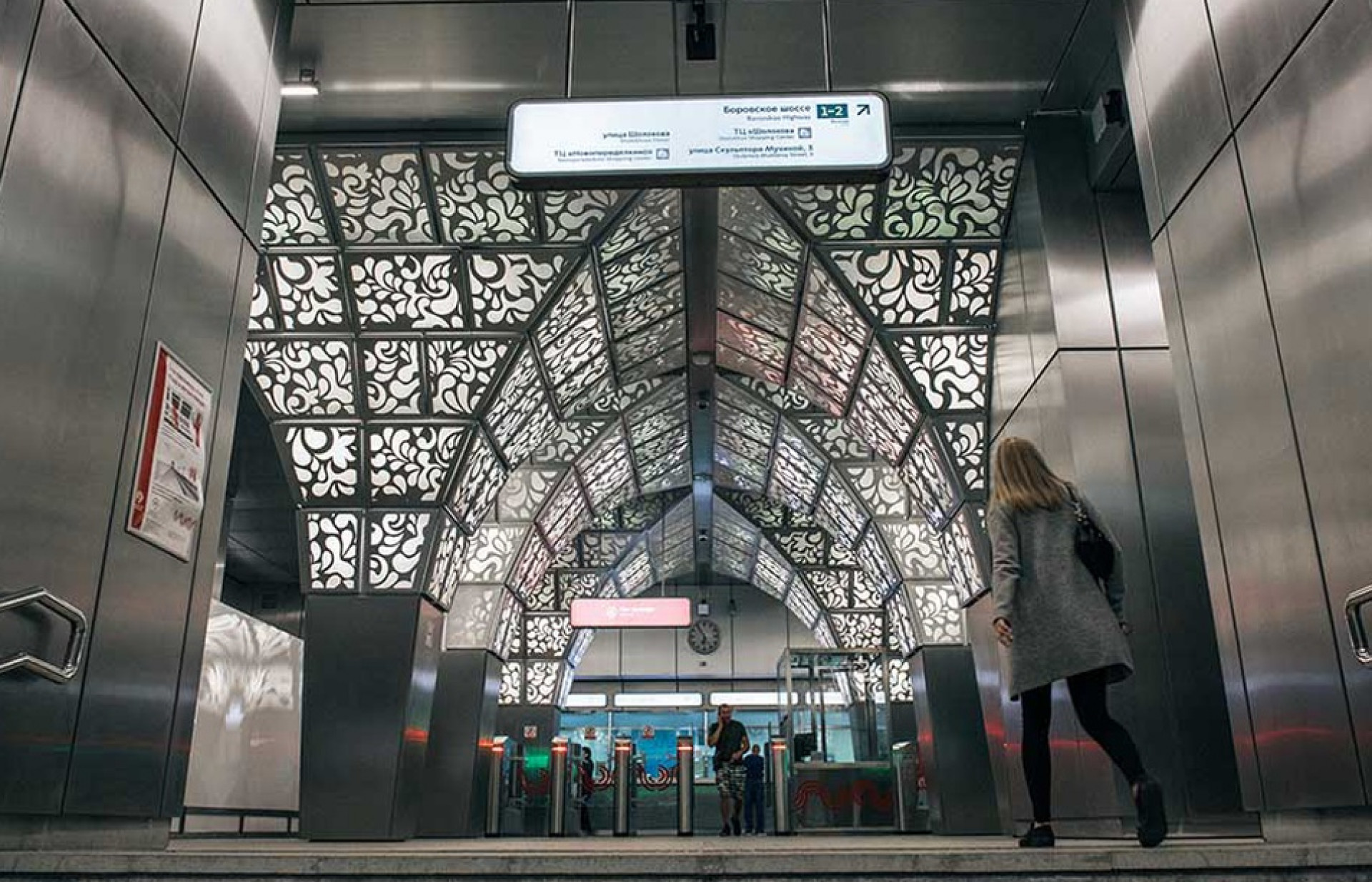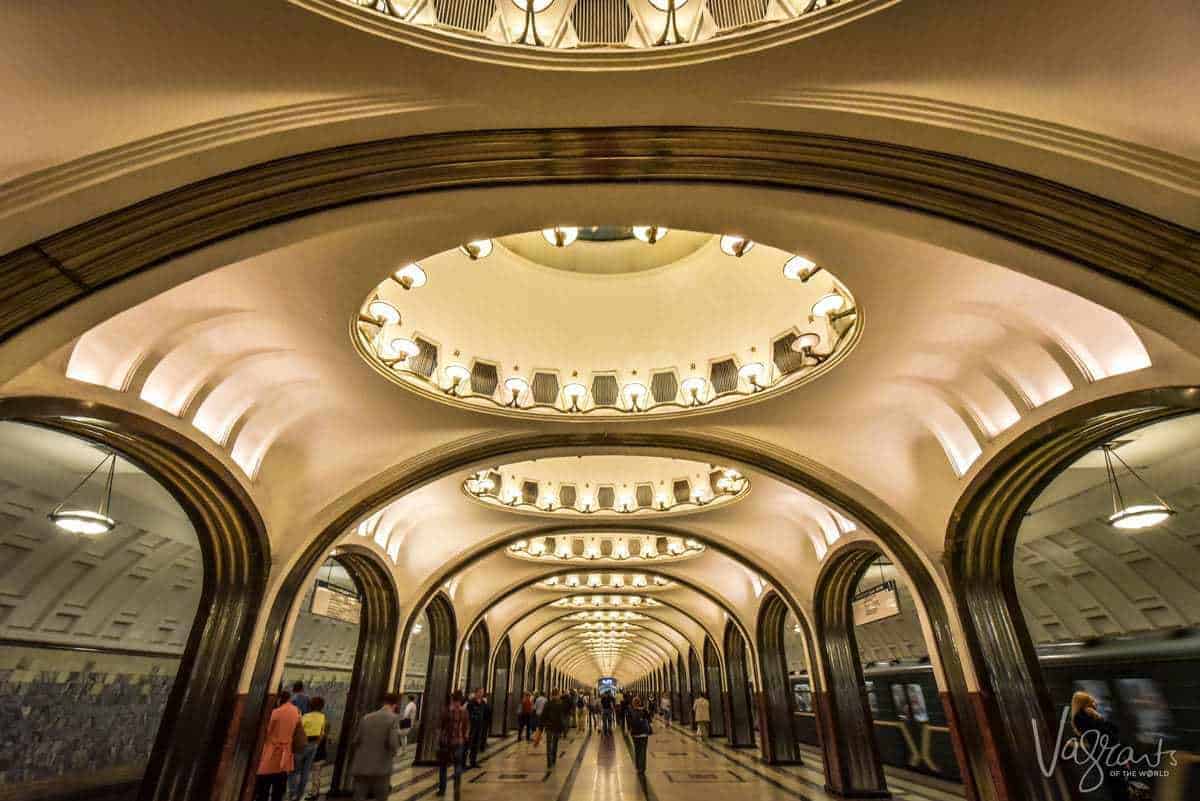

Moreover, transport in Hungary's capital always costs the same. Check out the following article for more information on the transport tickets and passes: TariffsīKK, Budapest's public transport company issues the same tickets and travel passes for all of the city's transport system. The trains pass every 2 to 15 minutes depending on the time of day. Scheduleīudapest Metro opens every day at 4:30 am and runs until 11 pm. It connects the two main railway stations in the city: Keleti Railway Station and Kelenföld Railway Station. Opened in 2014, the metro line 4 runs for 4 miles (7 kilometres).

Line 3 also stops at the Great Market Hall (Kálvin Tér). The bus's final destination is Köbánya-Kispest, which is the first Line 3 metro station. You will find this route useful if you take the bus 200E from the Airport to the city centre. The most useful stations for tourists are Kossuth Square, where the Hungarian Parliament is located, Batthyány Square, which is the Fisherman’s Bastionmetro stop and Astoria, the closest station to the Great Synagogue. It crosses Budapest from Buda’s Déli Pályaudvar (Déli Railway Station) to Pest’s Örs vezér Square. In addition, its stations are curiously decorated. The Metro line 1 is one of the easiest lines to take since it is not very deep and therefore, you will not have to walk down many stairs. It also stops very near the Chain Bridge. It runs through Andrássy Avenue and stops at the Hungarian State Opera House, the Oktogon Intersection, Heroes’ Square and City Park. Metro Station is an alternative-rock band formed in Los Angeles by singer Mason Musso and guitarist/bassist Trace Cyrus. This line stops at numerous landmarks and museums, making it very useful for tourists. Line 1 runs from Vörösmarty tér to Mexikói út. Information on the various lines and most significant metro stations: Line 1 (yellow line) Moreover, a one-journey is valid for 80 minutes (120 minutes at night-time). You should validate another single ticket if you need to take another metro line. This means that you may not change lines. A single ticket is only valid for a one-way uninterrupted ride.You must validate your ticket in any of the transport company’s orange validating machines before you get on the metro.Tips to keep in mind before using the Budapest Metro: Three of the four metro lines intersect only once, at Deák Ferenc Square. Getting to Budapest Getting to Budapestīudapest Metro has four lines and is relatively easy to use.The SmarTrip® card is a permanent, rechargeable farecard that is safe and easy to use. Prior to the covid-19 outbreak, Metrorail hours were 5am-11:30pm Monday-Thursday, 5am-1am Friday, 7am-1am Saturday, 8am-11pm Sunday. What were Metro’s regular hours before the pandemic? List of Metro rules and manners for riding smart on Metrorail.

Use the same farecard you used to enter the system when you exit the system. Unlike elevator doors, train doors do not reopen automatically. If the train is full, step back and wait for the next train. Listen for the chimes that signal the car doors are closing. Step over the small gap between the platform and the train. Stand clear of the train car doors and let riders get off before you board. Station signs will also alert you to a train's arrival.Ĭheck the destination of the train, which is posted above the side windows. Watch for flashing lights along the platform's edge, which signal a train's arrival. Stand behind the bumpy tiles along the platform's edge. Read station signs to learn which train platform to use for your destination. See the SmarTrip® box on the right to learn more. SmarTrip® card users get the lowest fares. For fares on trips that involve trains and buses, use our To determine the fare between two stations, visit your starting station's page and use the Metrorail Fares fare finder in the middle of the page. Get detailed information about a particular Metro station.Colored stripes around the column show which lines serve the station. Look for tall brown columns with a large "M" identifying the station entrances. If you're driving, look for the large Metro signs to direct you to stations. The layout of the system makes it possible to travel between any two stations with no more than a single transfer. The Metrorail system has six color-coded rail lines: Red, Orange, Silver, Blue, Yellow, and Green. The system is the second busiest in the United States, serving 91 stations in Virginia, Maryland, and the District of Columbia. Metrorail provides safe, clean, reliable transit service for more than 600,000 customers a day throughout the Washington, DC area.


 0 kommentar(er)
0 kommentar(er)
